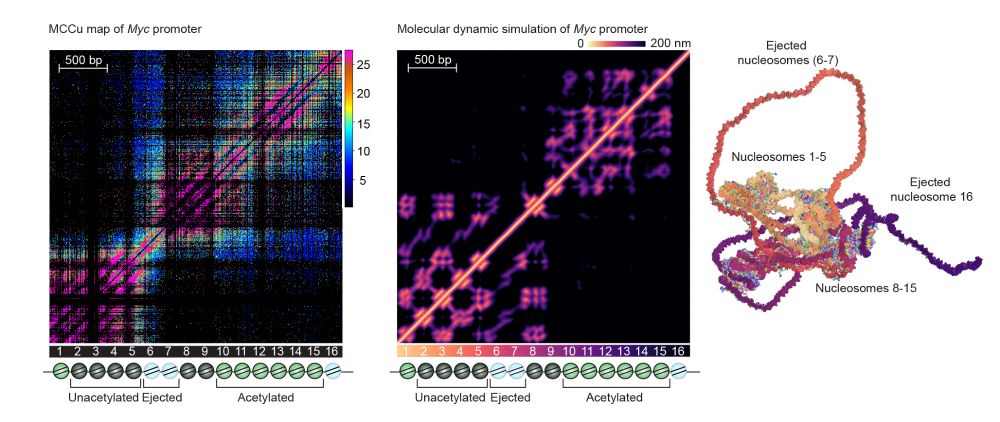James Davies
@jojdavies.bsky.social
400 followers
560 following
13 posts
Professor of Genomics at Oxford University. Interested in chromatin structure, gene regulation and genome editing
Posts
Media
Videos
Starter Packs
Pinned
Reposted by James Davies
Reposted by James Davies
Reposted by James Davies
Ben Kleinstiver
@bkleinstiver.bsky.social
· Sep 12

Treatment of a severe vascular disease using a bespoke CRISPR–Cas9 base editor in mice - Nature Biomedical Engineering
Engineering a mutant-specific customized base editor precisely corrects a mutation while minimizing bystander edits, leading to substantial phenotypic recovery in mouse models of multisystemic smooth ...
www.nature.com
Reposted by James Davies
Reposted by James Davies
Martin Kampmann
@kampmann.bsky.social
· Aug 22

CRISPR screening by AAV episome-sequencing (CrAAVe-seq): a scalable cell-type-specific in vivo platform uncovers neuronal essential genes - Nature Neuroscience
The authors developed an adeno-associated virus-based high-throughput in vivo CRISPR screening platform for endogenous mouse brain cell types. Using this platform, they define genes and pathways essen...
www.nature.com
Reposted by James Davies
Beth Psaila
@bethpsaila.bsky.social
· Aug 15



















